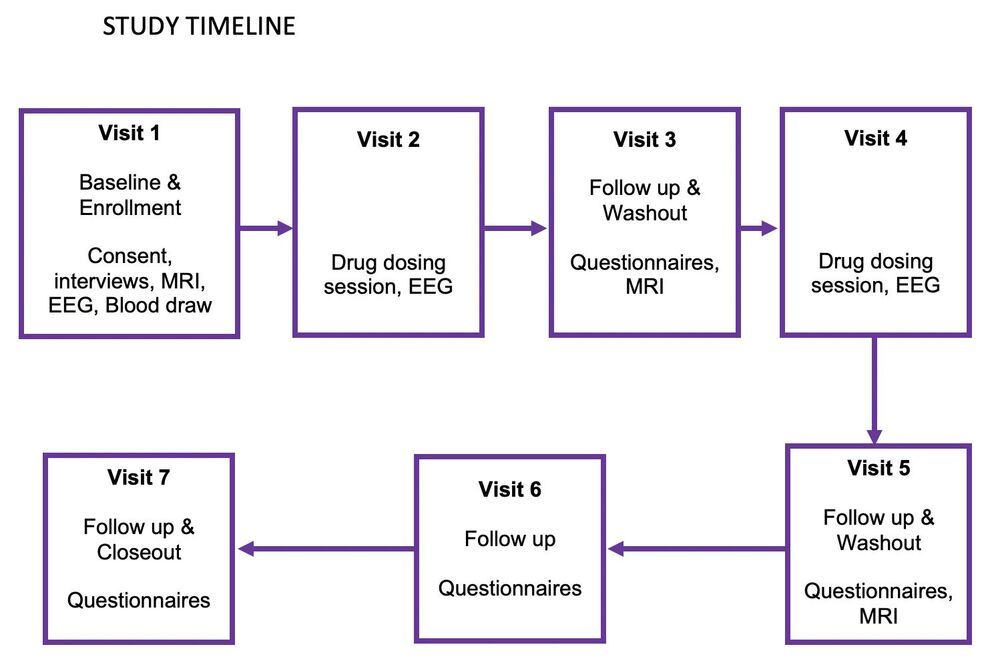Caltech physicist Sean Carroll explains dimensions in ways that even a 5-year-old can understand.


Find out how endocrine disrupting chemicals, like BPA, can render most men sterile by 2045. Learn about chemicals in our food that disrupt our immune system, about cancer causing chemical in hand sanitizers. See what these have to do with sperm counts falling. How do they affect wildlife, and food production. See what you can do about it!
Green Gregs has teamed up with True Leaf Market to bring you a great selection of seed for your spring planting. Check it out: http://www.pntrac.com/t/TUJGRklGSkJGTU1IS0hCRkpIRk1K
See the Special Deals at My Patriot Supply: www.PrepWithGreg.com.
Support freedom: FreedomRestorationFoundation.org.
To join the Freedom Restoration Foundation (FRF) email: info@ FreedomRestorationFoundation.org.
Put Freedom in the Title.
FRF On FaceBook: https://www.facebook.com/groups/1017608155367475

“A new research study conducted by the Department of Psychiatry & Behavioral Sciences aims to evaluate how visual perception changes after taking psilocybin (aka ”magic mushrooms”) and how these changes relate to brain functions. We might learn how this drug could be used to treat certain mental health conditions. That is why it is essential to have more research to expand our knowledge base about the drug, psilocybin.
Our participants will be healthy adults from ages 25 to 65 years who have taken psilocybin previously. Study duration for participants will be 12 weeks. Over the course of 7 study visits, participants will undergo interviews, MRls, EEG, blood draws, and drug dosing sessions. Participants will be compensated after each visit.

Seawater is raising salt levels in coastal woodlands along the entire Atlantic Coastal Plain, from Maine to Florida. Huge swaths of contiguous forest are dying. They’re now known in the scientific community as “ghost forests.”
Trekking out to my research sites near North Carolina’s Alligator River National Wildlife Refuge, I slog through knee-deep water on a section of trail that is completely submerged. Permanent flooding has become commonplace on this low-lying peninsula, nestled behind North Carolina’s Outer Banks. The trees growing in the water are small and stunted. Many are dead.
Throughout coastal North Carolina, evidence of forest die-off is everywhere. Nearly every roadside ditch I pass while driving around the region is lined with dead or dying trees.
As an ecologist studying wetland response to sea level rise, I know this flooding is evidence that climate change is altering landscapes along the Atlantic coast. It’s emblematic of environmental changes that also threaten wildlife, ecosystems, and local farms and forestry businesses.


The 2018 eruption of Kīlauea Volcano in Hawai’i provided scientists with an unprecedented opportunity to identify new factors that could help forecast the hazard potential of future eruptions.
The properties of the magma inside a volcano affect how an eruption will play out. In particular, the viscosity of this molten rock is a major factor in influencing how hazardous an eruption could be for nearby communities.
Very viscous magmas are linked with more powerful explosions because they can block gas from escaping through vents, allowing pressure to build up inside the volcano’s plumbing system. On the other hand, extrusion of more viscous magma results in slower-moving lava flows.

Segway-Ninebot has rather sensationally announced that it’s building a hydrogen fuel cell sportsbike – and boy does this thing look like it glitched its way out of Cyberpunk 2077, complete with a highly improbable steering design and an amazing price.
Here’s what we know so far: Segway has been playing with performance bikes a little bit lately to go with its lineup of cheap electric scooters, mainly sold in China. The Apex was announced in 2019, a slightly gawky looking battery-electric “super scooter” capable of 125 mph (200 km/h), with full sportsbike fairings.
Now, there’s an Apex H2 coming, which will run a hydrogen-electric hybrid powertrain – gaseous hydrogen stored in tanks will be converted into electrical energy through a fuel cell and fed into a buffer battery, which will power an electric motor that drives the rear wheel in some way or another – we can’t see whether there’s a chain drive or a hub motor or what indeed is going on in these renders. Yes, that’s an exhaust port in front of the rear wheel, but all that’ll be coming out of it is water vapor.
Google security researchers are warning of a new set of zero-click vulnerabilities in the Linux Bluetooth software stack that can allow a nearby unauthenticated, remote attacker to execute arbitrary code with kernel privileges on vulnerable devices.
According to security engineer Andy Nguyen, the three flaws — collectively called BleedingTooth — reside in the open-source BlueZ protocol stack that offers support for many of the core Bluetooth layers and protocols for Linux-based systems such as laptops and IoT devices.
The first and the most severe is a heap-based type confusion (CVE-2020–12351, CVSS score 8.3) affecting Linux kernel 4.8 and higher and is present in the Logical Link Control and Adaptation Protocol (L2CAP) of the Bluetooth standard, which provides multiplexing of data between different higher layer protocols.

